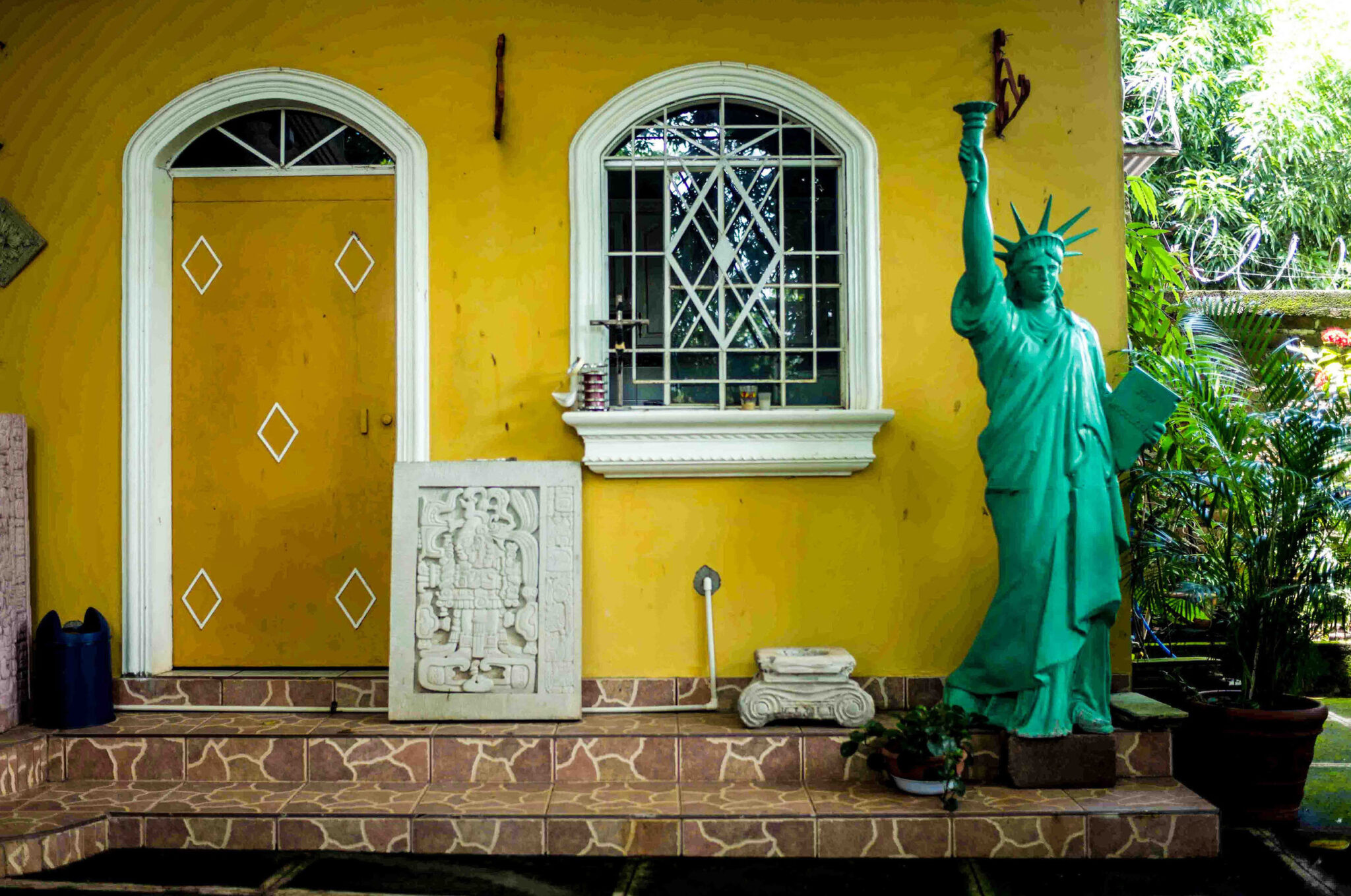Spring Quarter 2021 Course Cart opened yesterday. Looking ahead to a warmer-than-winter quarter, there is no shortage of compelling courses being offered this Spring. One course in particular, Rhetorics of Displacement, taught by Dr.Monica Reyes, promises to be a deep experience studying rhetoric of asylum narratives. We caught up with Dr. Monica Reyes to talk about her plans for the course.
What exactly is being investigated in this course?
“This course focuses on how people do rhetoric — speak, write, read and perform — about displacement experiences,” said Reyes. She went on to explain that, depending on someone’s unique experience, rhetoric can help them move forward, achieve stability, resettle, escape or justify their need to migrate, and that these are all important parts of displacement.
“The goal of the course is to help students engage with stories of displacement more critically to understand how stories are powerful geopolitical tools for people to access safety, power, and dignity.”
Reyes, until recently, volunteered with displaced people along the U.S.-Mexico border, where she was born and raised.
Addressing the close connection between her research background and the objectives for this course, Reyes says she’s “seen an urgent need for understanding narratives in asylum applications.” The narratives of asylum seekers are oftentimes cited as the most crucial portion of their asylum application, especially referring to pressures faced by asylum seekers to present narratives of hopelessness that touch on specific issues of identity and vulnerability. Along with an interview, asylum seekers encounter a written portion of their asylum claim, which is where Dr. Reyes focused the attention of her dissertation work.
Is there a project you have planned for the course that you’d like to mention to students before they pick classes?
“Students in this course will partner with interested and willing clients of a shelter for displaced people in south-Texas.” Willing clients are those that “want to share a new story about themselves that cuts through the noise about asylum experience,” she said. Reyes highlights this project as one that is fairly open ended, but may involve an interview.
By engaging this project, students will recognize the way rhetorics of displacement often frame displacement as a process that renders a person helpless. Students will work as outlets for displaced peoples to counter the idea that they are burdens, and to empower them to recognize their asset to our country and communities.
If you’re currently taking Multicultural Rhetorics, Reyes says the course material will continue looking at some ideas currently being emphasized in the course, such as hegemony, intersectional power, systemic racism, and national identity.
Rhetorics of Displacement is a chance to engage directly with your community to develop respect and understanding for the power of rhetoric as it is wielded by displaced peoples. The Spring Quarter Coarse Cart opened yesterday!
*Note: Photography by Anita Pouchard Serra, Jessica Ávalos & Koral Carballo as seen in the beautiful photo show Another Way Home
